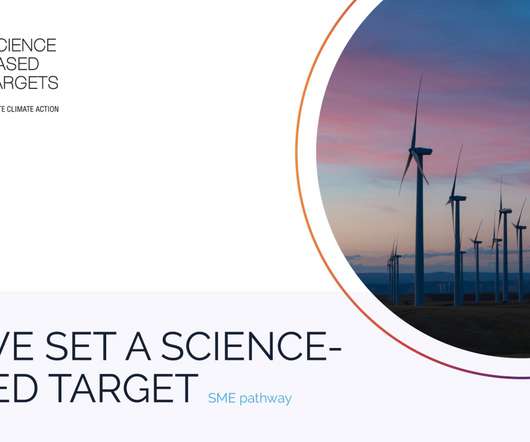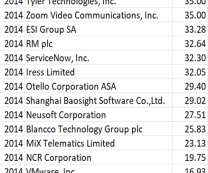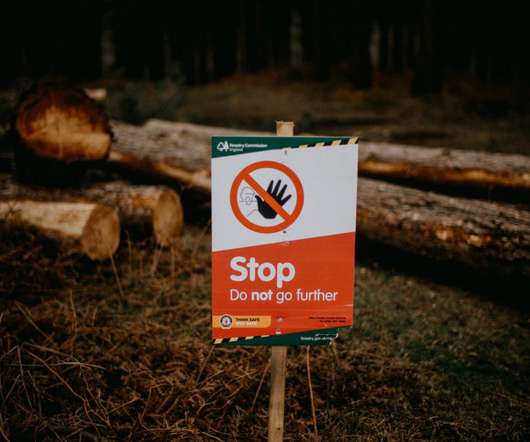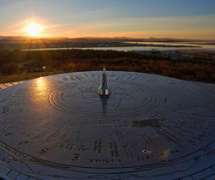ESG Acronyms and What They Mean
3BL Media
DECEMBER 13, 2023
Carbon Disclosure Project (CDP) The CDP is a self-reported survey that measures corporate and city action on climate change and forest/water security. CDP's metrics separate companies based on their understanding and application of climate-related changes represented by a letter score.













Let's personalize your content